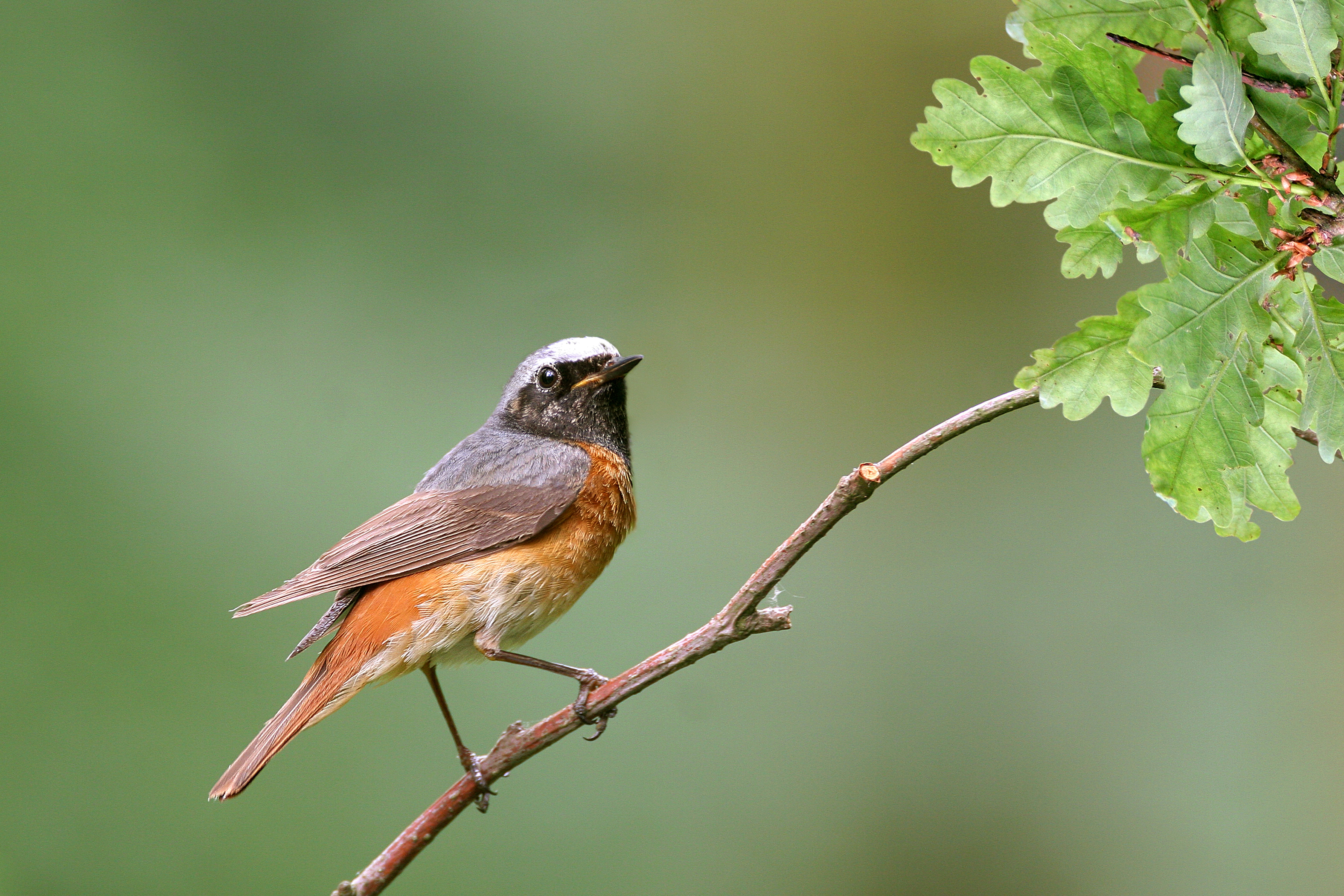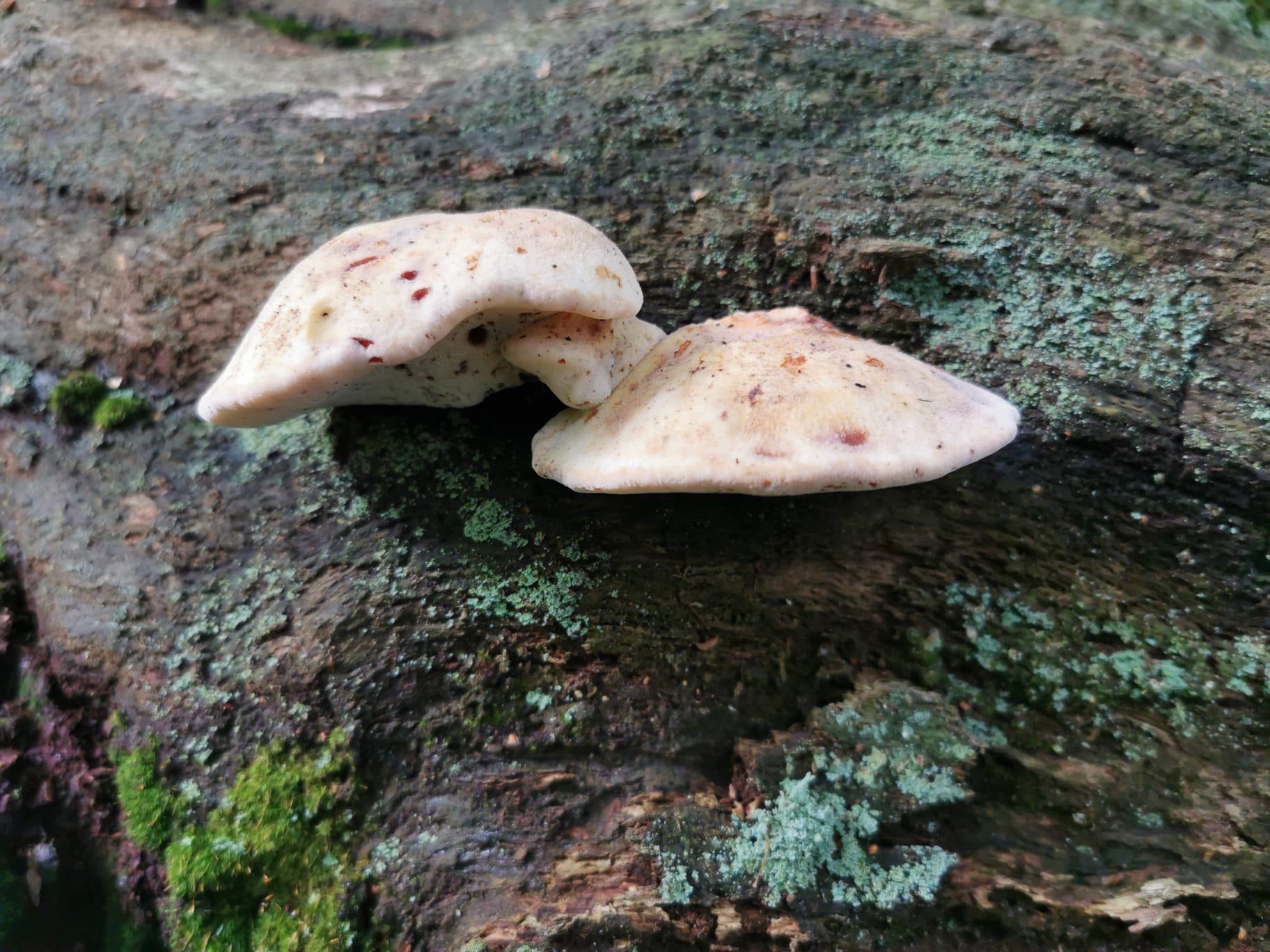Special Species
Species Monitoring
Invert Postcards
Local volunteers joined in with the Miner2Major citizen science monitoring project.
The species selected were widespread within the UK but records were scarce within the Miner2Major project area. Volunteers helped to contribute data to the understanding of species population distribution which in turn influenced conservation management delivery.
Volunteers recorded when, where (grid reference) and how many they saw of any of the insects and took photos to verify our records.
All the photos were uploaded to iRecord online or via the app and joined the Miner2Major Project activity on the iRecord website

Invertebrates
(Photo credit U.Schmidt 2018) Saproxylic Invertebrates are defined as species ‘dependent on dead or decaying wood or dependent on those that are dependent on decaying wood for part of their lifecycle.’
In 2022 saproxylic invertebrate surveys were undertaken on recently veterianised trees within the RSPB managed area of Sherwood Forest NNR. The survey identified 156 species of beetle of which 92 species were beetles known to be associated with saproxylic habitats. This included finding two saproxylic beetles new to the county of Nottinghamshire, Aderus populneus and Mordellistena neuwaldeggiana both beetles associated with wood pasture habitats. Thirty species of beetles found during the survey have a conservation designation assigned to them.
In 2023 saproxlic beetle surveys were expanded to look at sites outside the core ancient and veteran tree area of Birklands and bilhaugh SAC/SSSI. 2023 surveys looked to gain a clearer picture of the distribution of saproxylic beetles in the wider landscapes.

Birds
Members of the Birklands Ringing Group undertook monitoring on the following selected woodland bird species, which are either under recorded or have shown decline in recent years. These are Lesser Spotted Woodpecker, a resident species and two migrant species, the Tree Pipit and Redstart. The sites that were surveyed for the above species were selected outside the core Sherwood Forest area and are sites that haven’t been surveyed before or are under monitored.

Fungi
Notts Fungi Group established a monitoring programme for Oak polypore which is a nationally scarce species. Oak polypore is only found on the living or dead trunks of standing or fallen mature to ancient oak trees. This species doesn’t reliably produce visible fruitbodies every year.
Annual surveys were carried out on suitable trees in the wider Sherwood Forest landscape. The records collected have been shared with the National Biodiversity Network and will help to identify the species distribution.

Species Habitat Improvement Grants
Species Habitat Improvement Grants of up to the value of £5000 have been awarded to landowners for projects that have undertaken species monitoring on our target species (Woodland & Heathland birds, Invertebrates, Reptiles and Bats) contributing to improved species distribution information in the wider Sherwood forest landscape. Grants have also been awarded to projects that aim to help improve habitat conditions for the above targeted species by enhancing, restoring, recreating, and better connecting local habitats within the Sherwood Forest area.
Completed grants are shown here.
